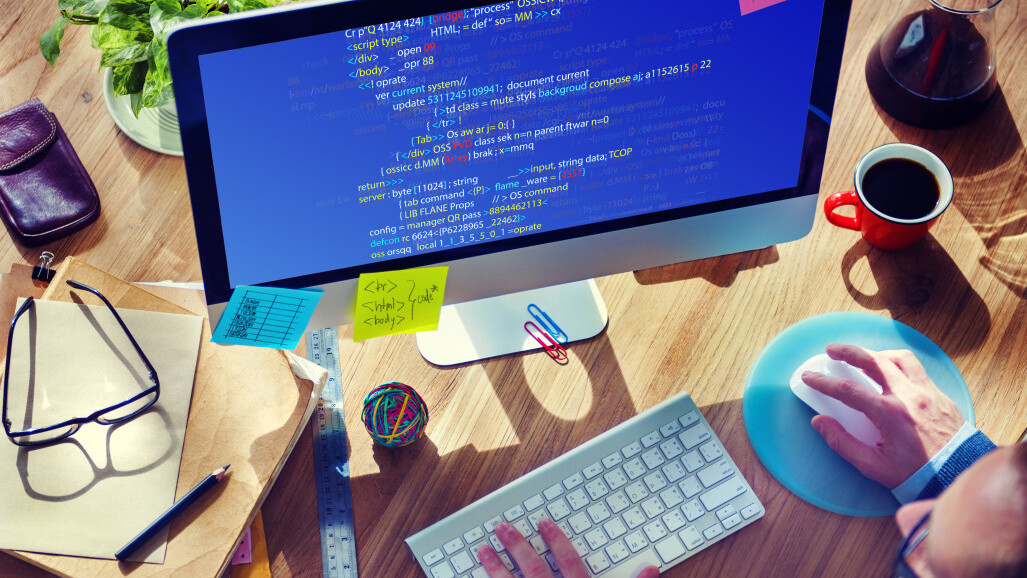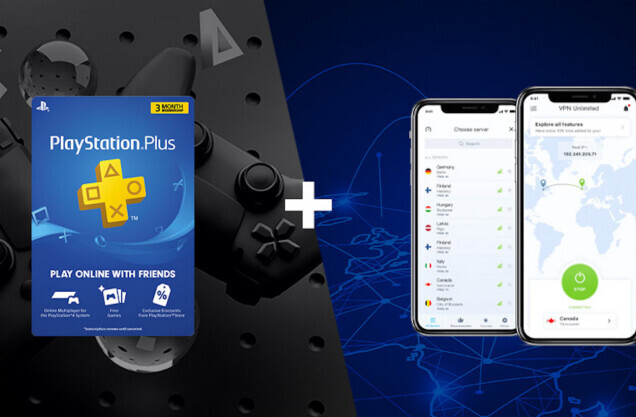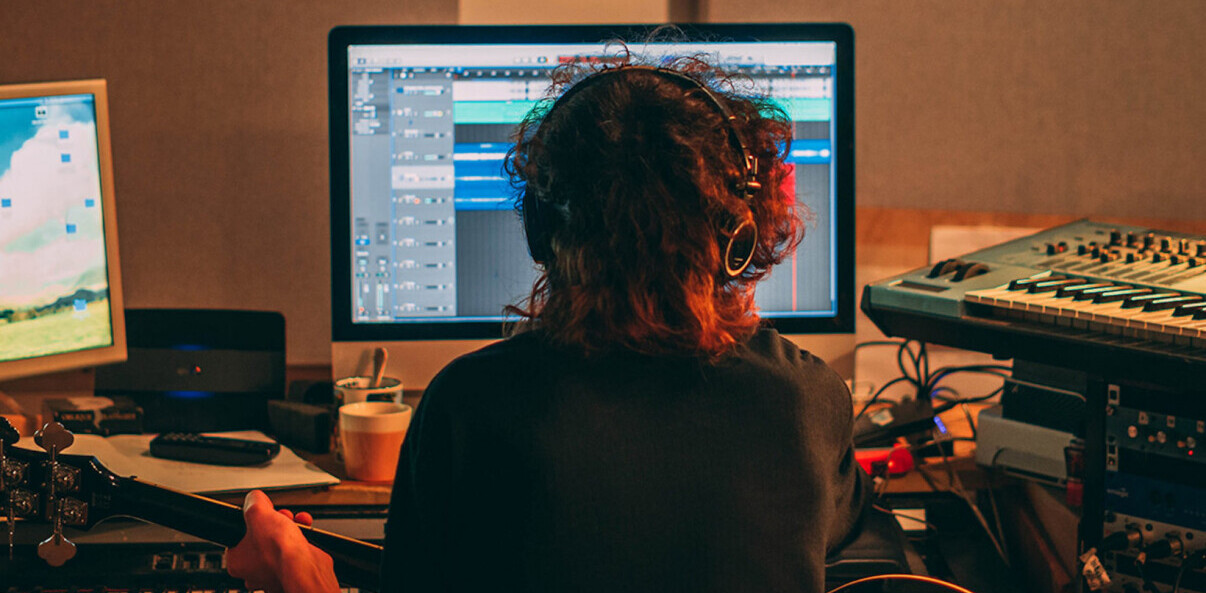
Python development is on the rise thanks to its open source nature and ability to power some of the most well-known sites and applications such as Google and YouTube. One of the draws to learning Python include its ease-of-use and being able to quickly start learning and developing with Python within a couple of days.
With so many career options and jobs requiring either Python or full-stack developers, learning Python can be a great way to land a dream job or boost your career with new skills. With the ease of learning that comes with Python, you can up your development game in no time.
If you’ve been interested in learning a new programming language but don’t want to take a lot of time to do so, Python is a great option, especially if you’ve done programming in other languages.
Below are some tips to help you get started with understanding and learning Python so that you can quickly start developing your next project.
There are two main versions of Python
As a beginner, you may think there is one main version of Python and that’s the one everyone is on. But Python is unique in that there are actually two versions of Python most commonly used today: Python 2 and Python 3.
Why two versions? Python 3 was released as a vast improvement over Python 2. However, it didn’t go over well with developers, thus most went back to Python 2 (2.7 to be exact) until Python 3 was updated and made better.
It’s important to pick a version to learn from the start, as both versions vary from each other. Do some research and figure out the pros and cons for each. Likely, as a beginner, some of these won’t make sense to you. However, you can still learn from your research and select the best one for your needs and goals.
Install and utilize the Python interpreter
With Python development, you will need something to actually run your code and give instructions on how the code should proceed. This is done through the Python interpreter. The Python interpreter reads the instructions and carries out commands.
The Python interpreter will also tell you answers to commands almost immediately. If you would like to try out a Python interpreter to get a better feel of what it does, try this online one out. Think of the Python interpreter much like a Web browser. It reads the code and executes it so that you can see how it works.
Python is heavily dependent on indentions
Depending on your coding experience, you may or may not have worked with a language in which the tabs or indentions you use in the code are important. In Python, tabs and indentations are extremely important.
It’s important when you get started to make sure your indentions are clean and intentional. If you mess one up or don’t have them in the right place, it could throw your code into a loop. Keep your code organized and make sure that your indentions are in line and where they should be.
Seek help when you’re stuck
As with earning anything new, there may be times you get stuck and need help learning something, troubleshooting something, or problem solving. The Python community is passionate and can help you as you’re trying to learn.
Don’t be afraid to reach out to these communities as you’re learning. They are always eager to help beginners to save you time and frustration. It’s better to learn something from an experienced developer than possibly learn something the wrong way and it cause issues later on.
Invest in your learning and education
Python is a free and open-source platform for development, and there are many good resources out there to help you get started. Some of them are free, while others are paid.
If you are truly wanting to learn Python development as a career choice, it’s recommended to actually pay for the proper courses and training tools you need to get started. While such education can be expensive, there are a few ways you can get started learning Python affordably.
The Python Programming Bootcamp bundle on The Next Web Deals will walk you through learning more about Python and teach you how to get started. There are over 50 hours of training in the bundle to help you learn more about the language and how to develop your next site or app.
With Python running some of the most well known systems, such as Google and Youtube, Python is increasing in popularity, so now is a great time to get started. You can purchase the deal for $39, which is 96 percent off the regular $1,094 price.
Get the TNW newsletter
Get the most important tech news in your inbox each week.





